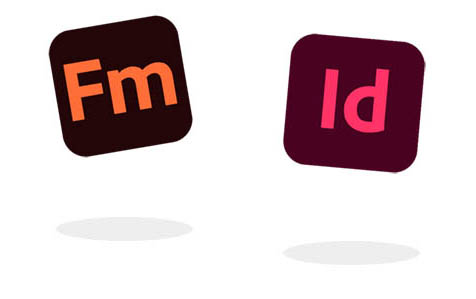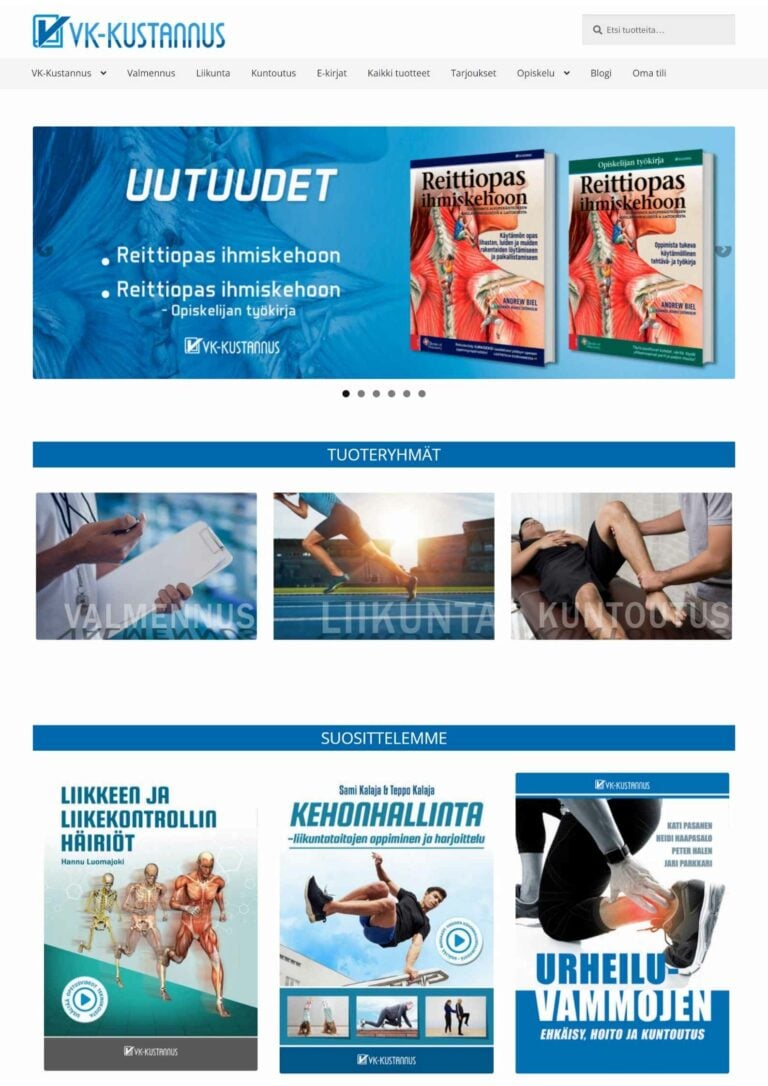Making a business case for digital publishing can be complex. Digital publishing success depends on how organisations are set up and run, with agile and tech-savvy publishers getting better results faster.
In addition, digital publishing can be impacted by brand reputation, the niche you operate in, as well as content formats and trends.
Here are some things you need to know about digital publishing from a commercial viewpoint, as well as some ways that you can harness the power of digital publishing for your business.
Defining digital publishing as a business model

Digital publishing is big business, but there is no one set way to publish digitally.
Traditional print publishers may publish e-versions of their catalogue using multi-channel publishing or they may create separate digital products, repurposing print books or materials in digital formats.
On the academic side, creating online catalogues and journal repositories and licencing them out to both public and private institutions is just one of the many ways academic publishers make money.
Embracing fully online formats such as courses on e-learning platforms are also popular ways for publishers to diversify their income.
Newspapers and magazines often have e-versions or apps, and there are popular online news sites and blogs that generate a lot of revenue through advertising and affiliate income.
Pay-to-play, subscription fees, paywalls, advertising, licensing fees, e-book sales, affiliate income – just a selection of the various ways to monetise your content and generate revenue from digital content products. The best digital publishers tend to use a combination of income streams, depending on the audience and the material on offer.
Why have digital publishing as your primary business model?
Being a digital-first or digital-only publishing house has its benefits. The obvious ones include: less overheads, lower production costs, lower staffing costs. Being a digital-first business also offers a huge amount of flexibility when it comes to your location and working practices.
Digital publishers who have perfected reactive and live publishing benefit from their ability to provide information and commentary fast, racking up huge visitor numbers and downloads (handy for advertising revenue). Social publishing (integrating social media and social proof into your publishing) is another digital publishing tactic that works well in the B2C markets (think Buzzfeed).
But on the other hand, the technology needed to make digital publishing work does not come for free. For a digital product to truly gain traction, you need to have an exceptional user experience. And when running a business that largely relies on tech be prepared for compatibility challenges, software updates, and technical customer support.
No matter what and how you publish, you will still need to create great content and material. Digital-only does not mean lower quality, so ensure you always prioritise your content.
How to benefit from digital publishing as a secondary business arm
Digital publishing is a good supplement to more traditional publishing. Even businesses that are not publishers, or for whom publishing is only a small part of their business, can benefit from digital publishing. A good example is professional bodies, trade organisations, or associations that publish material from time to time.
Top ways to benefit:
- Repurpose and re-use the content you have. Digital publishing is a great way to re-animate and recycle old content.
- Use digital publishing to reach new audiences and widen your reach. Good digital material can be a great entry point to your brand.
- Educate: educational platforms are big, and for good reason. People love to learn online, so why not create a course or publish learning material? Most organisations have something they could easily teach.
- Advertising is becoming increasingly sophisticated with a range of ad-tech solutions. Especially if you are trying to maximise return on investment, explore different forms of advertising.
The material at the heart of digital publishing

As with most things in publishing, the actual material and its features and strengths will largely define the way you publish. For some publishers, video content is out of reach, whereas others produce video courses and webinars on a regular basis.
- Think long and hard about the content formats that tend to work best for you and invest in those.
- You may need to create custom material or change your editorial processes to make your material work for digital. Think about how you can use enhanced e-book features such as commenting, highlights, and search to your (material’s) benefit. (For example, annotations and hyperlinks are some of the top features users like in our TimeBook).
- Details matter. After years of manipulating digital file types such as InDesign, we know how easily things can go awry when it comes to converting f Just like with print, it pays to be thorough and use the correct file formats to avoid compatibility issues. This will ensure that your content comes across well.
- It is a good idea to invest in specialist publishing/editorial staff and technology that are aligned with your digital publishing goals. Devaluing your content with a poor platform is not a good look.
Understanding the digital landscape

Probably one of the biggest pitfalls of digital publishing is not understanding the digital landscape… Or being knowledgeable in theory but being unable to capitalise on its features for growing your business.
It can be intimidating to go out there into a landscape filled with behemoths and startups, but the key to succeeding with digital is to cut away some of the noise and focus on driving results.
- One of the biggest digital mistakes? Trying to be everywhere at once. Not every publisher needs to be on BookTok, fun as it may be. As a B2B publisher, you are probably better off courting trade conferences.
- The importance of SEO cannot be overstated as a profitable customer discovery channel. Embrace metadata and entity tagging to give potential readers more information about your digital product.
- Digital advertising is driven by volume, not prestige. You get paid based on how many visits or clicks you get.
- Advertorials and paid editorials are under-used in some digital niches. Could this be a revenue driver for your publishing website, blog, or magazine?
The subscription economy and the SaaS model: what digital publishers can learn
One of the key trends of the 21st century has been the move towards a subscription economy, often supported by tech platforms. Capitalise on this trend by also offering subscription and membership packages that revolve around your digital content.
- Subscriptions and memberships often play on things such as exclusivity, so think about how you can offer up special digital experiences readers can’t get anywhere else. For educational publishers, investing in great teacher materials and experiences pays off.
- Creating a variety of licensing packages for your material is a great way to marry up commercials with user storytelling. For publishers, creating B2B user journeys revolves around smart segmentation.
- Bundles and curated collections work well in publishing as you can offer value through how materials are packaged up and presen
- From a user experience perspective, you will need to invest heavily on user joy and creating sticky user journeys that make people come back for more. Here are some ways to personalise user journeys.
Most businesses can capitalise on digital publishing
You can benefit from creating and selling digital assets even if your business is not obviously tied to publishing.
- Blogging can be seen as a low-level form of digital publishing, but done right, it can drive a lot of traffic and relevance. Start here when it comes to experimenting with digital publishing.
- Digital publishing can be a way of creating demand and prestige around your brand – things like whitepapers are great for this.
- Even your website is a form of digital messaging. Can you strengthen your digital brand through content? An e-book can be a great branding tool.
Tips for making digital publishing more commercially viable
Keen to invest in digital publishing, but want to ensure that you are being smart about it? Here are some tips to help make it cost-effective:
- Invest in good tech systems from day one. You will regret it later when you have to migrate all your content out of your chosen platform….
- Re-activate your content on a regular basis and don’t always feel the need to create new content.
- Invest in content distribution and get to know the expert communities that need your content and where they hang out.
- Partner up with relevant associations and brands to fast-track your content.
We have been working on the technical and IT side of publishing since 1987, back when nobody was even calling it digital publishing yet! We are here if you ever need to weigh up whether digital publishing is for you.
Contact us at: info@timehouse.fi or call +358 207 491 449.






